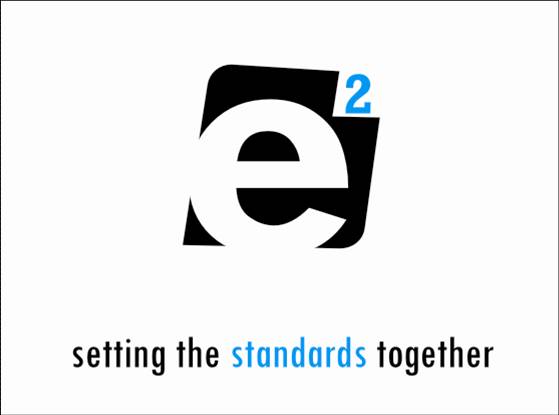
New code on sexual and gender-based harassment adds to the mix
Latest News & Events
New code on sexual and gender-based harassment adds to the mix

Safe Work Australia has published a new code on sexual and gender-based harassment which makes reference to the positive duty to eliminate sexual harassment and gender-based behaviours that has been legislated nationally under the Sex Discrimination Act. You can access the code here.
It also notes that satisfying your duty under the Sex Discrimination Act doesn’t necessarily mean that you would also satisfy your WHS obligations – for example in relation to the positive duty to eliminate or control psychosocial hazards.
It also makes the point that, if someone is sexually harassed, it is likely that other psychosocial hazards could be in play.
I then got to thinking about all of the different jurisdictions that now have a footprint in the area of sexual harassment and how confusing it must be for people (whether a victim trying to access help or an employer trying to understand their obligations) to work out where to go for what – the picture above tells the story.
So who does what?
This is what it looks like for Victorian employers and employees.
Firstly, Safe Work Australia which published this code is a national body funded by Commonwealth, State and Territory governments to develop national policy and guidance materials such as codes on workplace health and safety matters. It is not a regulator and has no involvement on complaints or enforcement matters.
WorkSafe Victoria is the regulator on Workplace Health and Safety matters in Victoria. Complaints of sexual harassment can be made to WorkSafe Victoria and they will investigate such matters in the context of whether there is any breach of WHS obligations.
The Australian Human Rights Commission is an independent authority that investigates complaints about discrimination and human rights breaches. It does accept complaints of sexual harassment and discrimination and can assist in resolution of complaints through a process of conciliation. Since December 2023, it also has inspection and enforcement powers relative to any alleged breaches of the new positive duty on PCBUs including employers to eliminate sexual harassment and other unwanted gender-based behaviour.
The Victorian Equal Opportunity and Human Rights Commission deals with complaints under Victorian Equal Opportunity legislation including those related to sexual and gender-based harassment and provides a voluntary conciliation service.
The Fair Work Ombudsman is the national workplace relations regulator. Part of its role is educational and providing employers and employees on their obligations and rights and legal processes for dealing with such things as sexual harassment. Because there are specific jurisdictions that deal with sexual harassment cases, they are more likely to provide advice on what options a worker has rather than deal with a complaint themselves.
The Fair Work Commission has, for a number of years, had the power to issue “stop sexual harassment orders”. Since March 2023, the Commission has had additional powers enabling it to accept claims of sexual harassment and implement mediation, conciliation and arbitration processes to resolve them. It is important to note that all workers, not just employees, have access to this jurisdiction.
So what do you do now?
As you can see from the above, this is a very complicated area of law with a variety of pathways that a complainant might take depending on the outcome that they are looking for.
There are a couple of things that all employers need to do.
Firstly, take the positive duty to prevent sexual and gender-based harassment seriously and ensure that you do what is necessary to meet that duty.
Secondly, ensure that you have access to sound and informed professional advice.
At Ridgeline HR, we can help you with a lot of that and we have a network of specialist lawyers and other professional service providers to assist in complex or specialised areas.
If you would like to explore how we might help you and your business in this or any other area of people compliance and culture, please give us a call on 0438 533 311 or email enquiries@ridgelinehr.com.au to arrange your free first consultation.
CONTACT US
Ridgeline Human Resources Pty Ltd
ABN : 24 091 644 094
enquiries@ridgelinehr.com.au
0438 533 311
PARTNER LINKS
QUICK RESOURCE LINKS









